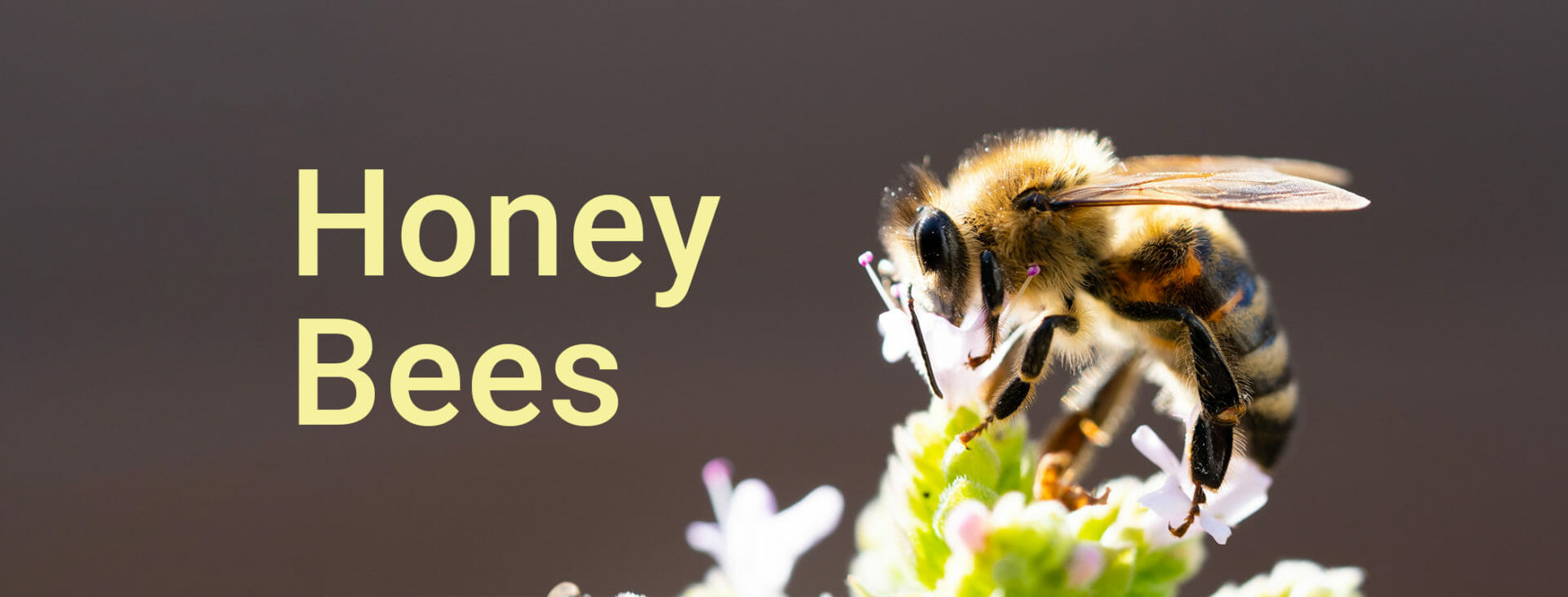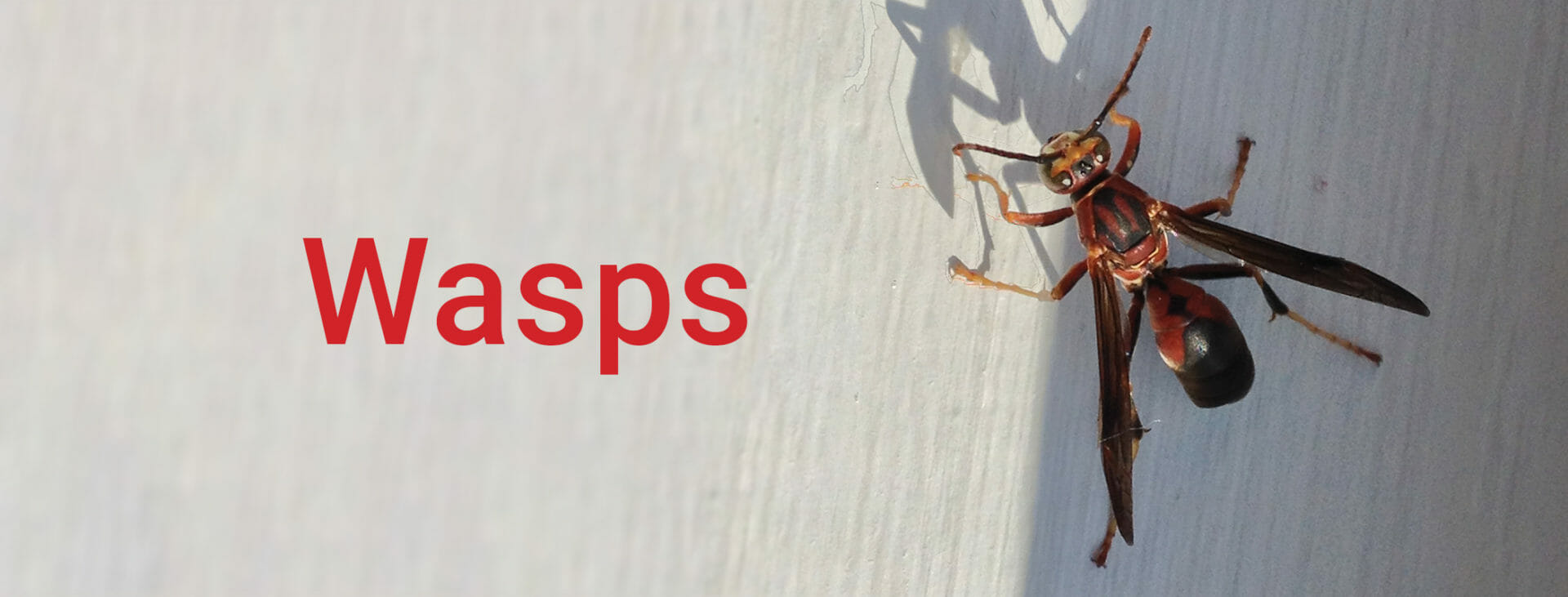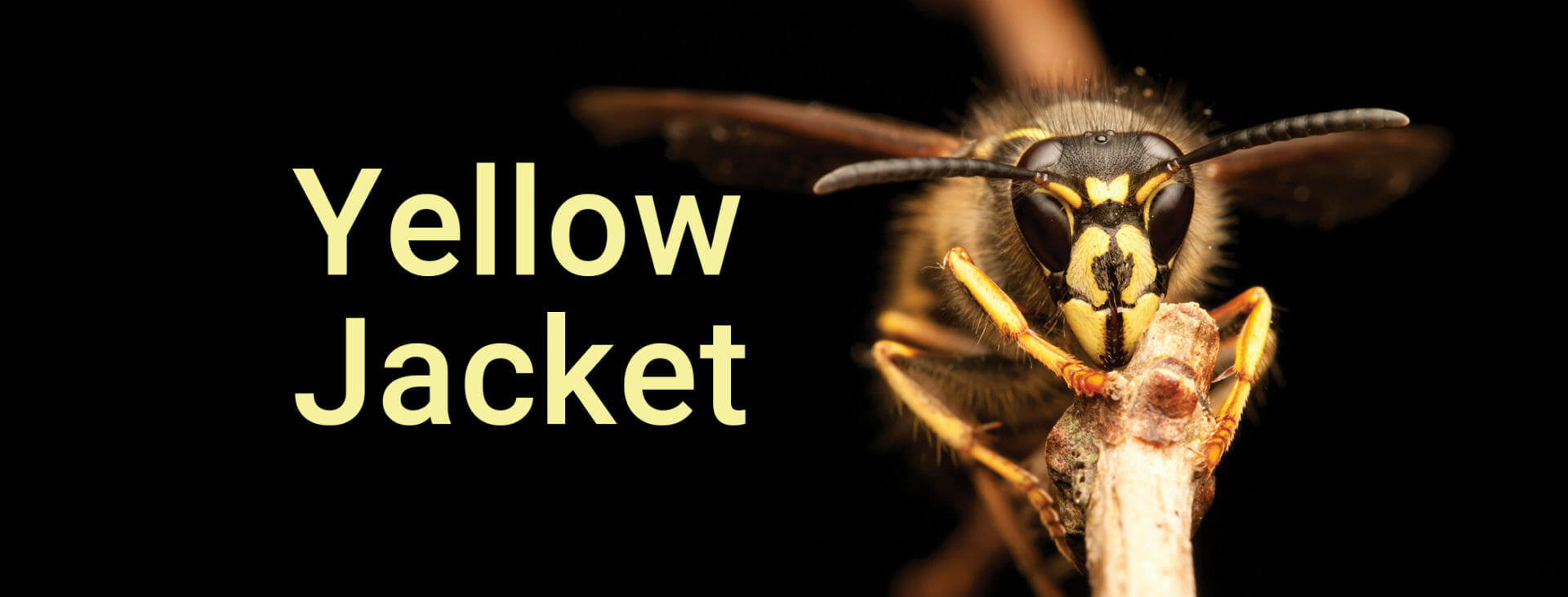Bees are an integral part of many ecosystems, helping pollinate plants so they can grow. They usually begin to show up in springtime, making nests and colonies in many different places that are sheltered from the weather. The most common types of bees in the United States are honey bees and bumblebees, and it can be difficult to tell which is which. They can also be hazardous because of their ability to sting, but due to their impact on the ecosystem, should not be eradicated in the same way as other pests. Wasps are also prevalent in the southeastern United States, and while they aren’t as vital as pollinating bees, they still have a valuable role to play. Here’s what you need to learn how to identify bees and wasps so you can react appropriately when you see one of these pests.
Commercial and Residential Pest Control Services | Dodson Bros. Exterminating Co., Inc.
Learn How to Identify Types of Bees
Honey Bees
As their name suggests, honey bees are insects that eat the pollen and nectar of flowers and many different kinds of plants. They then regurgitate it to create honey, which they store in their hives. Honey bees pollinate over a hundred different crops throughout the United States, though many varieties are endangered or threatened. This is why, in spite of the potential danger they can pose to humans, it’s essential that they are protected.
Honey bees are generally yellow and black in color, with six legs and light-colored hairs covering their entire bodies. They also have distinctive brown/black and yellow colored bands on the backsides of their abdomens, and they can be ½ to ⅝ inch long. The two main kinds of honey bees are Western or European honey bees and Africanized honey bees. European honey bees are larger and more docile while Africanized honey bees are smaller but more aggressive in protecting their nests and young.
Honey bees are social insects that live in colonies with caste systems made up of queens, drones, and worker bees. Drones are male, while queens and worker bees are female. Only queen honey bees and worker honey bees have stingers, but they are barbed and will come off the bee if it does sting. If you get a honey bee sting, it’s important to remove the stinger as quickly as possible to avoid any further injury or effects from the bee’s venom. It’s best to remove a stinger with tweezers to ensure you are able to remove the entire stinger, as infections and other irritations can occur if the stinger is not fully or correctly extracted.
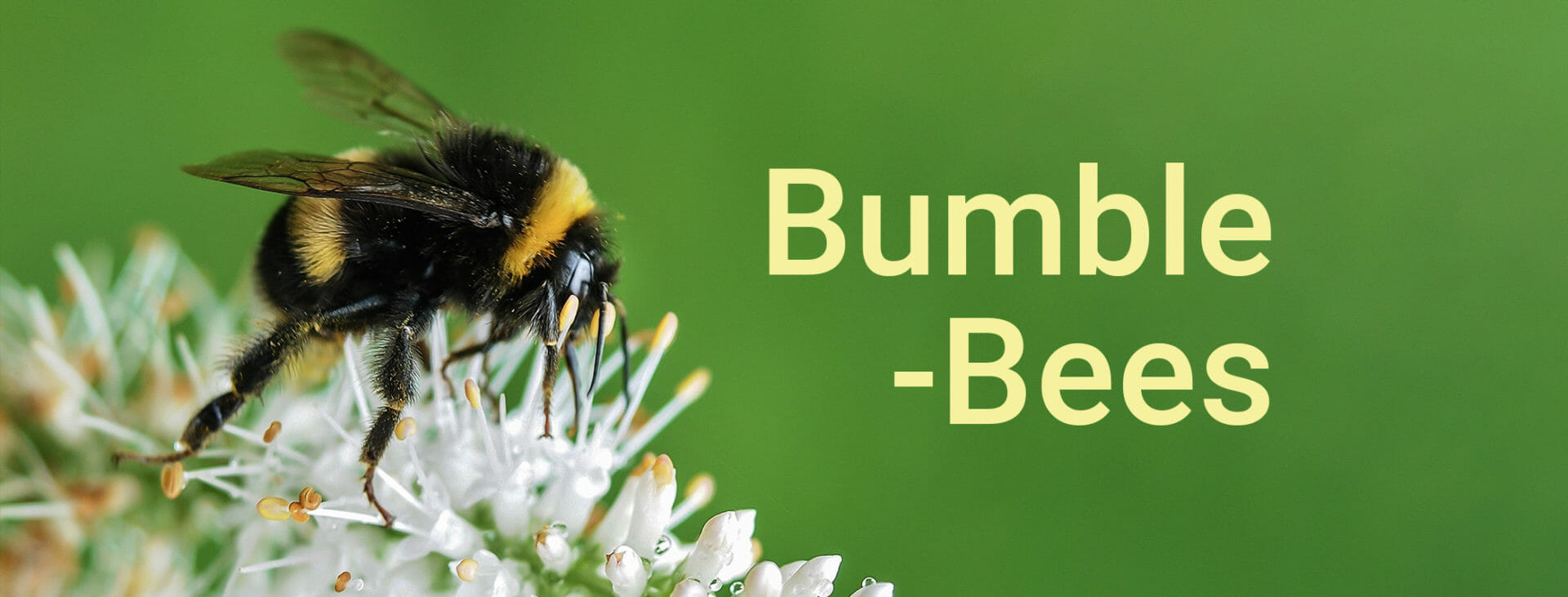
Bumblebees
Bumblebees are remarkably similar to honey bees except for a few key differences. Bumblebees are usually larger, and have stubby wings, though they look similar in terms of coloring. They also play an important role in pollination and draw nectar from plants to make honey. However, they don’t make as much honey as honey bees do. Bumblebees have the same kind of social hierarchy as honey bees, and only female bumblebees have stingers. Unlike honey bees, though, bumblebee stingers remain attached to them when they sting, meaning they can sting more than once.
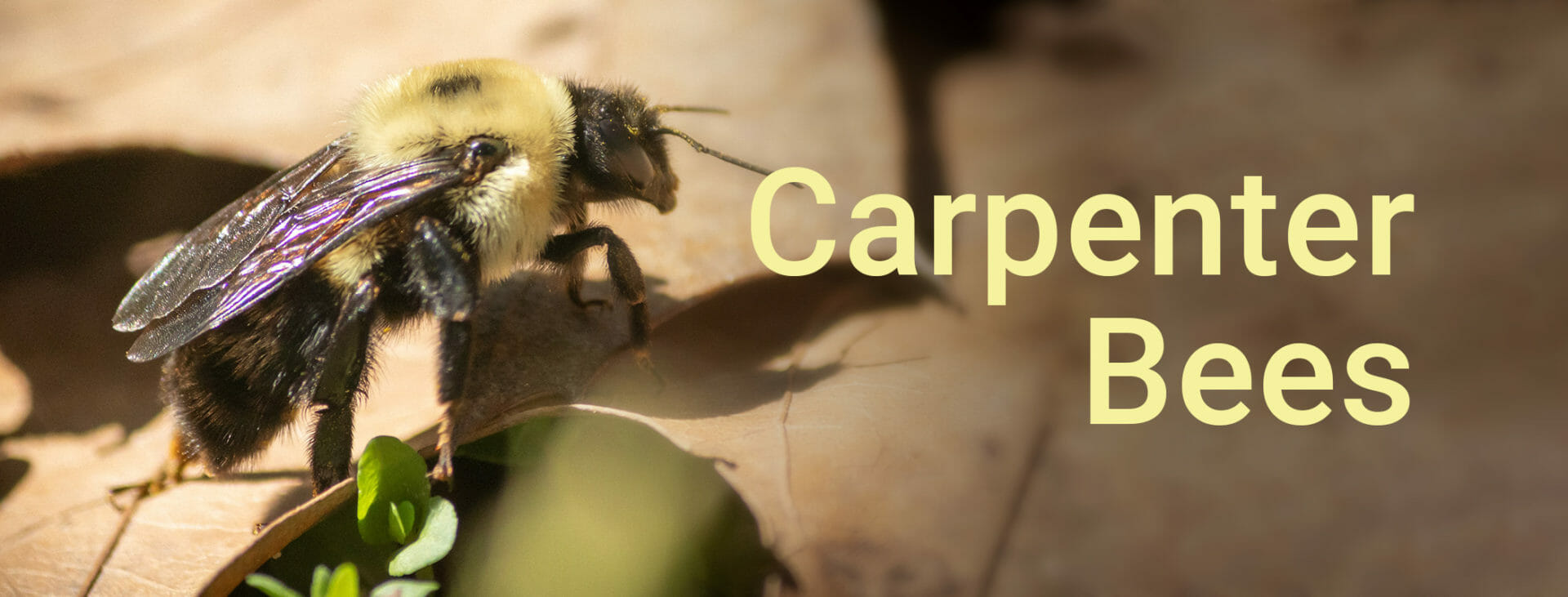
Carpenter Bees
Carpenter bees are known for their wood-destroying nature. Carpenter bees resemble bumble and honey bees, but they have shiny abdomens. One of the best ways to identify carpenter bees is actually the holes they leave behind. This type of bee will bore holes in unfinished wood to lay eggs.
Other Common Bees
Two other common types of bees that you may see around your property include:
- Mason bees, also known as leafcutter bees, can be blue and black, but are usually yellow and black. These bees build nests inside already existing cavities and holes in trees and other outdoor locations, and seal them off after laying their eggs. Unlike the other bees discussed in this article, mason bees are solitary bees and do not live in a hive with a queen.
- Sweat bees can vary in coloring from metallic or dull black to vibrant metallic green. These bees usually have a more slender body than honey bees and bumble bees.
Types of Wasps
Wasps
People don’t commonly mistake bees for wasps or vice versa. These two categories of species have very different body types and behaviors. In general, wasps have much narrower bodies and are known for being more aggressive. Unlike bees, wasps can sting multiple times in a row and can be extremely dangerous. Wasps do not pollinate as much as bees, but they are helpful in managing pests that destroy crops.
If you see something that looks like a wasp, it’s best to keep your distance and call a pest control professional. While it can be helpful to know what kind of species you’re dealing with, a professional is much better equipped to get up close and personal with these stinging pests.
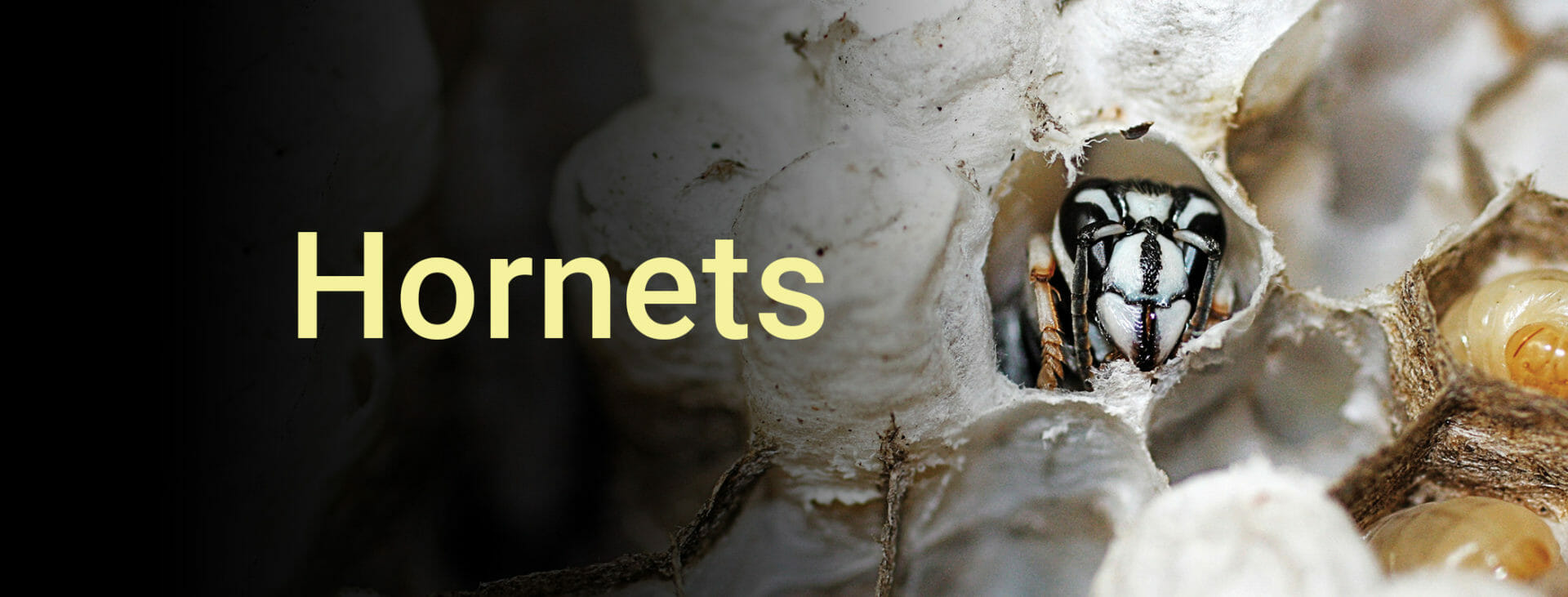
Hornets
Hornets are actually a sub-species of wasps. The European hornet is the only hornet that lives in the United States, and as their name suggests, they originally came from overseas. This species is most commonly found in the eastern part of North America, right of the Mississippi River. European hornets are about an inch long and have reddish-brown wings. Their abdomens are striped with brown and yellow. These hornets are known to be aggressive, especially if their nest is disturbed.
Yellowjackets
Yellowjackets are a type of hornet, which also makes them a type of wasp. Yellowjackets are fairly small, usually around half an inch or smaller. They are easily identified due to their bright yellow and black coloring. You’ll also typically notice groups of yellowjackets. They tend to fly in seemingly erratic back-and-forth patterns. Yellowjackets can be extremely aggressive and will sting threats multiple times in a row.
Wasp and Bee Habitats and Behaviors
Both honey bees and bumblebees build nests in various places that are sheltered from the elements, whether close to the ground or elevated. They may live in overturned plant pots, in openings in trees and anywhere else they can find a secluded spot. Unfortunately, this means they may also find places around your home to build nests, such as in attics, ceilings, open garages, sheds, and crawl spaces. Bees are usually attracted to flowering plants.
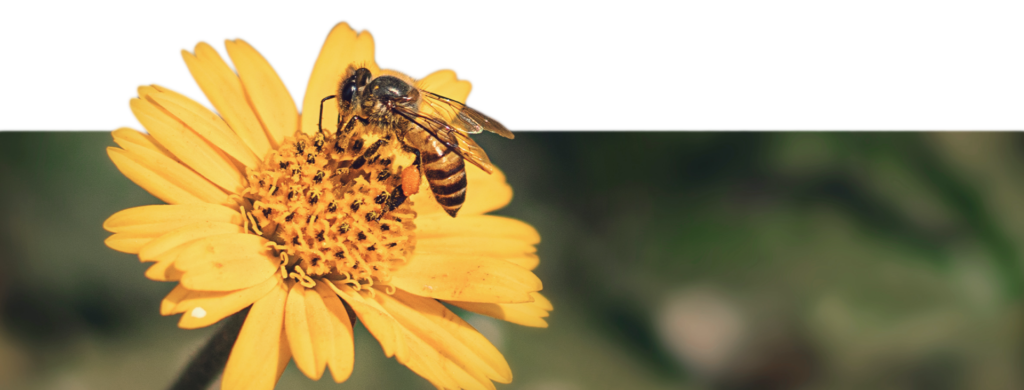
Avoiding Bee Problems
For people interested in keeping bees away from their homes and children, it’s a good idea to take steps to remove potentially attractive plants from close to your home, and let bees settle elsewhere. Keep gardening areas and other plants that you take care of outdoors in safe, designated locations away from children. If you find that bees are gathering near your home in large numbers, don’t try to handle the situation yourself. Contact a pest control company to remove them for you, as removing a bee nest can be highly dangerous to anyone besides a professional. At Dodson Pest Control, we provide free inspections, so you can rest assured that we will take care of your bee problem quickly and efficiently.
